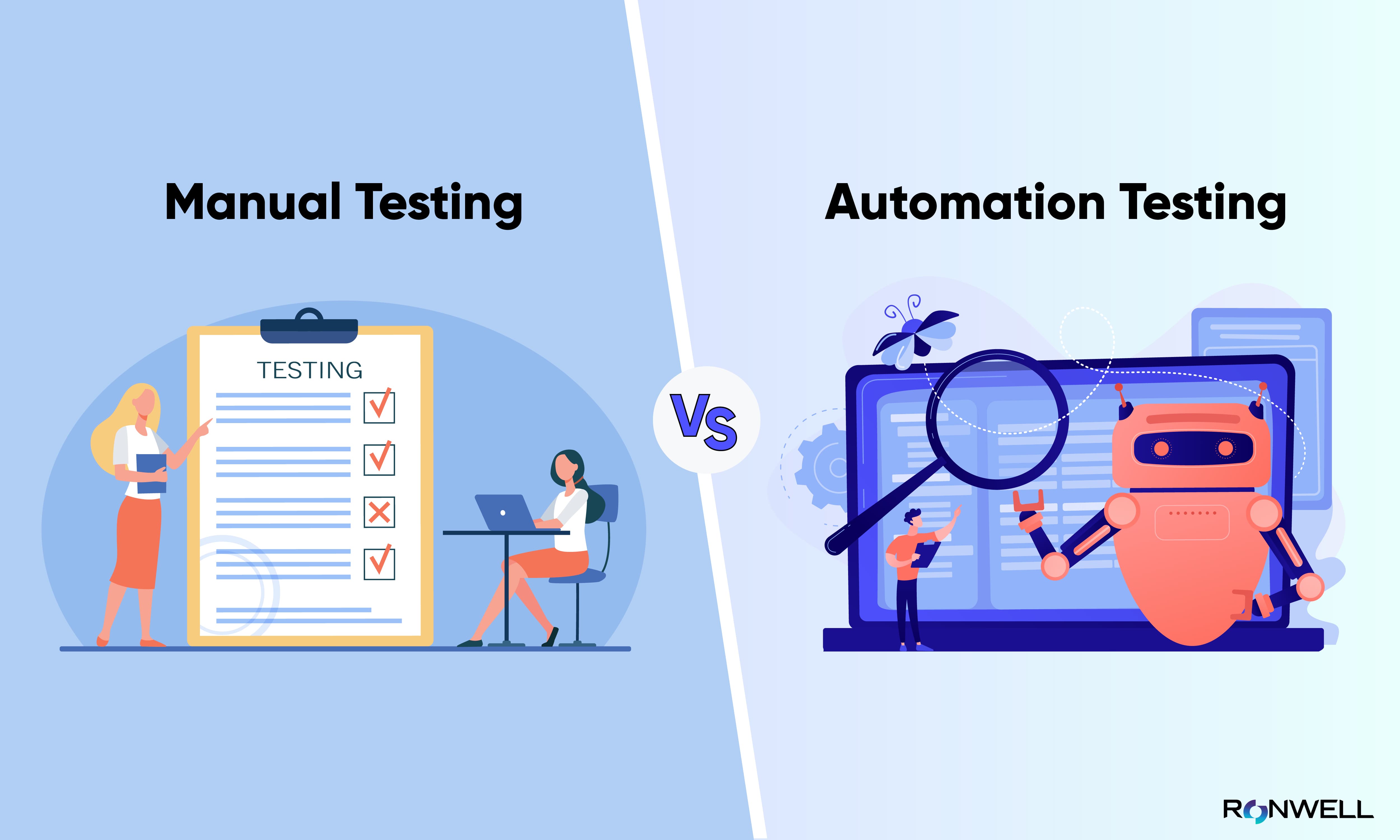Making Sure Success in Automation Examining: Key Metrics, Difficulties, and Solutions Every QA Group Need To Know
In the realm of software quality control, the landscape of automation screening is ever-evolving, requiring a thorough method to make sure smooth operations. Trick metrics work as the compass directing QA groups through the huge terrain of test automation, losing light on progress and areas for improvement. Difficulties impend huge, often casting shadows on the course to success. By recognizing these hurdles and executing efficient remedies, QA teams can navigate via complexities with finesse. The trip to understanding automation screening is paved with nuances that need an eager eye for surveillance, analysis, and continuous enhancement. automation testing. As the sector propels ahead, the pursuit for optimal performance in automation screening remains a continuous pursuit, advising QA teams to equip themselves with the knowledge and methods vital for triumph.
Importance of Trick Metrics
Recognizing the relevance of vital metrics is crucial for reviewing the efficiency and efficiency of automation testing procedures. Secret metrics act as quantifiable procedures that supply useful insights into different facets of the testing process, such as test insurance coverage, examination execution time, problem thickness, and examination case performance. By examining these metrics, QA teams can determine bottlenecks, inadequacies, and locations for improvement within their automation screening framework.
One crucial element of key metrics is their capacity to track development and check the general wellness of the testing procedure (automation testing). They allow stakeholders to make informed choices based on data-driven insights, which can lead to extra efficient screening methods and better source allocation. Furthermore, key metrics can assist teams set realistic objectives, measure the success of automation efforts, and show the ROI of automation screening efforts

Typical Challenges Faced
Challenges typically encountered in automation testing processes can dramatically impact the general effectiveness and performance of QA groups. Automation screening may not cover all elements of testing, such as functionality and customer experience screening, which still call for manual intervention. Getting rid of these challenges requires appropriate preparation, critical examination instance option, robust maintenance processes, ample resources, and a clear understanding of the restrictions of automation screening.
Effective Solutions for Obstacles
To deal with the challenges come across in automation testing, executing efficient solutions is important for improving the performance and productivity of QA teams. One crucial remedy is to purchase robust training programs for QA teams to ensure they have the essential skills to successfully use automation devices. Training can bridge expertise gaps, boost understanding of automation frameworks, and improve scripting capacities, eventually causing a lot more effective examination development and execution.
One more crucial option is to develop clear communication channels within the QA team and with various other stakeholders, such as programmers and job supervisors. Effective communication aids in aligning expectations, sharing progression updates, and without delay dealing with concerns or roadblocks that may emerge throughout the automation testing process.

Tracking and Evaluation Methods
Applying reliable tracking and analysis strategies is crucial for ensuring the success and performance of automation screening procedures. In addition, examining examination outcomes and metrics gives beneficial understandings right into the quality of the software application being evaluated and the efficiency of the testing strategy.
One trick technique in tracking and analysis is using dashboards that consolidate appropriate metrics and KPIs in a visually available format. These control panels provide an extensive summary of test execution status, examination protection, defect trends, and other crucial information. Routinely evaluating and examining these additional resources control panels can aid QA teams make notified decisions, prioritize tasks, and maximize screening initiatives.
Furthermore, implementing automated signals and alerts based on predefined thresholds can enhance proactive tracking and timely intervention. By establishing informs for performance deviations or test failures, groups can deal with issues immediately and avoid them from intensifying. Generally, monitoring and evaluation techniques play a crucial role in making certain the performance and success of automation screening efforts.
Continuous Enhancement Approaches
Enhancing the efficacy of automation screening processes demands the constant refinement of approaches and techniques. One crucial technique to enhancing automation screening processes is to perform routine reviews and retrospectives.

Verdict
To conclude, it is critical for QA groups to comprehend the crucial metrics, difficulties, and services in automation testing to guarantee success. By carefully keeping track of and evaluating data, implementing effective solutions to usual obstacles, and continually boosting approaches, QA groups can optimize their screening procedures and provide top notch software. Complying with these practices will ultimately lead to more effective and effective automation testing practices.
By analyzing these metrics, QA groups can recognize bottlenecks, inefficiencies, and locations for enhancement within their automation testing structure.
Furthermore, essential metrics can aid teams set realistic goals, gauge the success of automation efforts, and demonstrate the ROI of automation visit testing efforts.
Difficulties frequently come across in automation screening processes can significantly impact the total performance and effectiveness of QA teams. Automation testing may not cover all facets of screening, such as functionality and individual experience screening, which still call for hand-operated treatment.In conclusion, it is important for QA groups to recognize the vital metrics, obstacles, and best site remedies in automation screening to ensure success.
Comments on “How Automation Testing Changes Quality Assurance Processes”